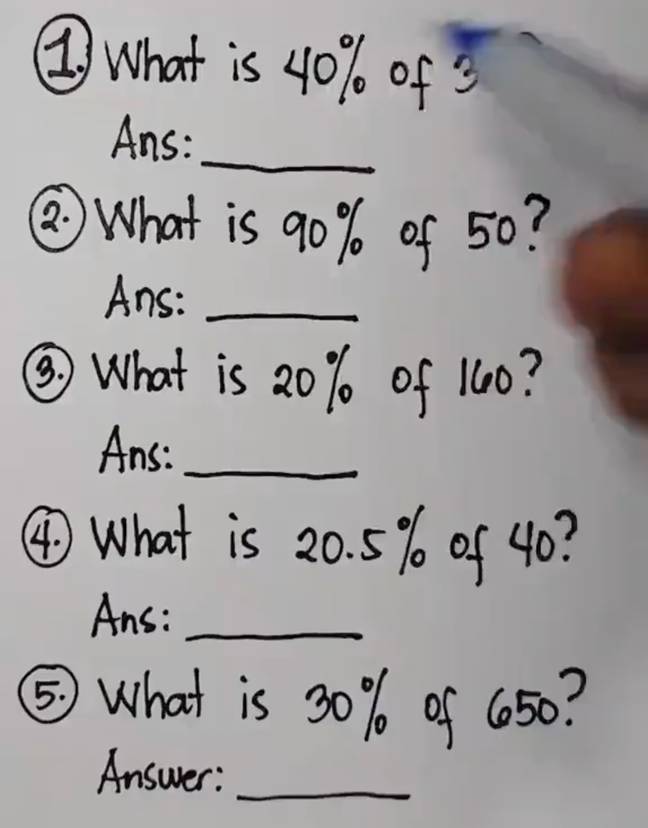If we learned anything at school it’s that the mitochondria is the powerhouse of the cell.
But that’s not it. There was also cursive, and long division if you were very lucky.
And one of the many things you might have been taught was how to calculate a percentage.
It’s certainly a good skill to have.
You’ll need it when doing your taxes, because rather than just having the government calculate who owes what tax the USA makes you do it yourself, then comes after you for getting it wrong.
Then there’s the equally stressful and unnecessary use to calculate a tip. Unnecessary because if servers were simply paid a living wage they wouldn’t need to rely on tips.
But until that happens, you need to know how to calculate 20 percent of your bill.

There are many ways to calculate percentage. One is to simply multiply the starting number by the percentage number as a fraction.
So, to get 60 percent of 80, you multiply 80 by 0.6, giving you 48.
It’s simple enough if you have a calculator handy, and unlike what your teacher said we all are walking around with a calculator in our pockets.
But if your phone is dead or the project of multiplying by a fraction gives you flashbacks, there is another even easier way to do it.
And one video on X explains this method which is even easier.
Having several examples to hand, the account @gunsnrosesgirl3 demonstrates the easy hack.
To do a percentage, you simply divide both numbers by ten and then multiply them by each other.
So, 40 percent of 30 is 4 x 3, which equals 12.
Now let’s do a real world example.

Let’s say you get a restaurant bill for $87.50. To get the 20 percent, at least, for your tip, you would do 2 x 8.75.
This would give you your tip of $17.50. Go ahead, check it with a calculator if you don’t believe me.
People took to the comments to express how stunned they were by the method.
One wrote: “How come I did not know about this formula?”
Another replied: “Why is this method not popularized in educational books to teach students?”
A third posted: “Wow! I never realized this. They don’t go too deep into percentages/fractions and compliments though.”
Of course, the follow up question is if you were to calculate 25 x 47 in your head, how would you do it?
It might seem obvious to you, but there are many ways you could get there.
You might go 20 x 40 = 800, 20 x 7 = 140 , 5 x 40 = 200, 5 x 7 = 35, then add them together for 1175.
How would you do it?